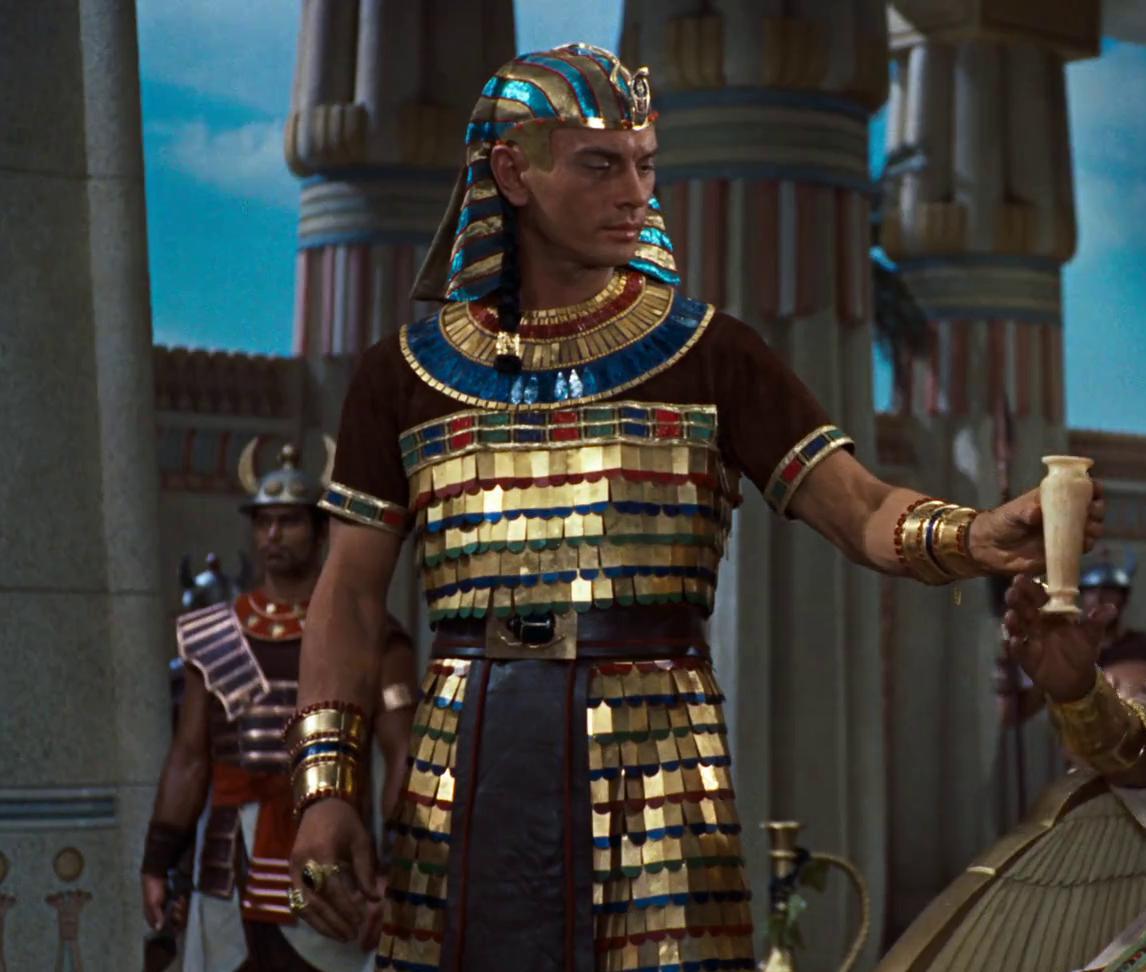This still sounds very much like a strung-together mythologized fairy tale. The type Virgil or Geoffery of Monmouth were known to spin. And, you've still presented no real EVIDENCE, just circumstancial, weak conflations and, "because I declare it so."
It's a punic battle, I have no interest in winning. The video presents some references, aside, it is true anyway that Sardinia as a whole had no other meaningful kings or Leader figures that I could propose.
PLz don't try present me as a 'Trust me bro' bc I don't think I am of that kind..
Here are some reference sources I got my subject from, other than Biblical sources.
<<this excerpt mentioning of Carthaginian Hercules 'Melqart' is from this source. Author is a naval historian. >>.
.
In Nora the ruins show us the Port of Nora used by the Phoenicians, the Carthaginians and the Romans. But the historian Raimondo Carta Raspi has shown how the great cataclysm of 1200 BC and the subsequent tsunami caused the sea level to rise by about 2.5 meters. Much of a port built before the arrival of the Phoenicians was submerged, probably a Shardana port, the remains of which can still be seen on the seabed today.
In Chia the few remains of the ancient city of Bithia are walls, houses and the so-called Temple of Bes to which the islands of Sardinia and the Balearics were dedicated, and statues of Bes, god of joy and fertility, were found in Bithia, Karalis, two in Maracalagonis, two in Fordongianus.
Towards Capo Teulada, the overhanging rock spur called Capo Malfatano is positioned in front of Carthage, which was only 100 nautical miles to the south. A couple of meters deep there is a colossal wall of large squared stones 90 meters long, and on the opposite bank another wall 110 meters long. Between them, a 240 meter gap allows access to the beach. It is the largest ancient port structure found so far in the Mediterranean. Ptolemy's maps indicate in this position Portus Erculi perhaps the port of Melqart, the Hercules of the Carthaginians. The harbor is surrounded by numerous Nuraghi, which suggests that it was already known in the Nuragic age.
di Giorgio Valdès In una sua interessante pubblicazione, “Il Popolo di Bronzo”, Angela Demontis ha minuziosamente analizzato numerosi bronzetti di guerrieri, sacerdoti , sacerdotesse e personaggi comuni, riproducendo altrettanto minuziosamente, in misura reale, il loro abbigliamento, le armi, le...

www.nurnet.net
Here (up) the Author shows us representation of a Shardan weapon: ‘amat’ a sort of ...pre-historic boomerang??? I admit is a bit murky this subject...
Here (down) the authors* present an Etymologic Hypothesis for Shar-Dan as the Princes of Dan. Dan - being yes a Mythological figure, Dan> O-DAN>ODIN... or the Sons of Odin... yes, I made it up! No I don't declare 'IT is so'.
*Authors:
Giovanni Ugas he is a professor of history and protohistory at the University of Cagliari and author of numerous excavations in Sardinia and Palestine.
Francois Chabas (1817-1882) was an anthropologist and archaeologist, translator of important papyrus.
Here there is another reference to another Sardonic figure. Serramanna. Being a possible alternative Leader.
di Giorgio Valdès Christian Jacq è uno scrittore ed egittologo Francese, nato a Parigi nel 1947, autore di numerose pubblicazioni, tra cui una collana di libri -che ebbero ed hanno ancora una straordinaria diffusione, con milioni di copie vendute in diverse lingue-, il cui personaggio principale...

www.nurnet.net
Also, Sardinia is famous for being an ancestral matriarchal society, much like ancient Sparta, women had immense power in the society.
Numerous myths surrounds the names of important Women figures, having roles of Priesthoods, diplomacy, and overall leadership.
PS: there is not English versions of these. (to my knowledge)
PPS: I'm just trying to do some research here, if you, or others, thinks it's completely made up, well, it's ok, but please note
I have presented the sources at least... everything I have presented, has been part of this effort of translating Italian sources...
Except for the Cesare-Cicerone analogy, there is nothing purely of my basket here.
------------ MOVIN ON------
Bengal war elephants annihilates Sardinia on this aspect. Keep the thread rolling...

This is a
list of rulers of Bengal. For much of
its history,
Bengal was split up into several independent kingdoms, completely unifying only several times. In
ancient times, Bengal consisted of the kingdoms of
Pundra,
Suhma,
Vanga,
Samatata and
Harikela.
In the 4th century BCE, during the reign of the
Nanda Empire, the powerful rulers of
Gangaridai sent their forces with the
war elephants which led the withdrawal of
Alexander the Great from the
Indian subcontinent.
[1]
(Source
https://en.wikipedia.org/wiki/List_of_rulers_of_Bengal)




